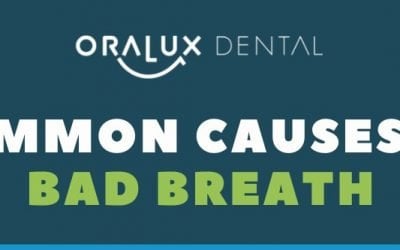What Do Different Tongue Color Mean?
Changes in tongue color can indicate an underlying health issue, such as an infection. Medical conditions can also affect the shape and texture of the tongue.
Keep reading for more information about what changes in tongue color may mean and when to see a doctor.
What is a healthy color and texture?
Usually, a person has a pink tongue with a thin white coating. The shade of pink may be light or dark.
A healthy tongue has many papillae on the top and sides. The papillae are small, fleshy bumps that give the top of the tongue a coarse texture.

Underlying health issues can turn the tongue various colors. Some of these issues clear up on their own, while others require treatment.
Below, we describe several tongue colors and the medical conditions that are likely to result in them.
Black
A buildup of keratin can cause the tongue to turn black. Keratin is a protein in the skin, hair, and nails.
According to the Genetic and Rare Diseases Information Center, a keratin buildup can cause the tongue to become black and hairy. A buildup can result from:
- bad oral hygiene
- medications, such as some antibiotics
- tobacco use
- radiation therapy
- Drinking dark liquids — such as coffee or black tea — can also blacken the tongue.
In rare cases, a black tongue results from a more serious health condition, such as diabetes or HIV.
White
If the tongue pales and develops white patches, this may result from a fungal infection, such as oral thrush.
Oral thrush can be painful and cause thick, white or red patches to form on the tongue. A person may have trouble swallowing or eating.
Another possible cause is leukoplakia. This condition causes white patches or plaques to form on the tongue, and it often results from smoking.
Also, the tongue may appear white because of lichen planus, a type of rash.
Purple
The tongue may turn purple as a result of poor blood circulation or a heart condition.
According to the Department of Health and Human Services, a purple tongue can also be a sign of Kawasaki disease. This is a rare but serious condition that causes inflammation of the blood vessels.
Red
The tongue can also turn red and bumpy, which may indicate a vitamin B deficiency or scarlet fever.
Alternately, these changes can occur as part of an allergic reaction to a drug or food.
A red, bumpy tongue can also indicate glossitis — inflammation of the tongue. In rare cases, it is another sign of Kawasaki disease.
A doctor may refer to a swollen, bumpy, red tongue as a strawberry tongue.
Gray
According to the National Organization for Rare Disorders, a condition called geographic tongue can cause grayish-white spots to form on the tongue. White lines then develop between these spots, giving the tongue the appearance of a map.
Eczema may also cause this color change. A 2017 study involving 200 people with eczema found that 43.5% of participants had a gray or pale tongue.
Yellow
Yellowing of the tongue usually results from bacteria growth. Poor oral hygiene and dry mouth can each lead to an overgrowth of bacteria on the tongue.
Also, the tongue may turn yellow before it becomes black and hairy. This occurs when the papillae grow larger, trapping bacteria on the tongue’s surface.
In rare cases, more serious health conditions cause the tongue to turn yellow. A 2019 study suggests that a yellow tongue can be a sign of diabetes. Another possible cause is jaundice.
Orange
When the tongue becomes orange, the same factors that result in yellowing may be responsible, such as poor oral hygiene or dry mouth.
Certain antibiotics and foods can also turn the tongue orange, such as those that are high in beta carotene. This is the compound that gives carrots their color.
Green
The tongue may turn green because of a buildup of bacteria, and the causes may be the same as those of a yellow or white tongue.
In some cases, a furry or hairy coating develops.
Blue
A blue tinge to the tongue can indicate a lack of oxygen in the blood. This may result from:
- a lack of oxygen from the lungs
- blood disorders
- blood vessel disease
- kidney disease
- A low level of oxygen in the blood is serious and requires immediate medical attention.
Eczema is another possible cause of a blue tongue.
When to see a doctor?
Some mild color or shade changes are harmless. For example, a person’s tongue color may change when they drink a glass of red wine.
See a doctor about changes in tongue color, shape, or size that last longer than a few days.
Also, any changes to the coating of the tongue can indicate infection and may require treatment.
In addition, it may be a good idea to receive medical attention when there are extreme changes in the mouth’s moisture levels.
What is tongue reading?
Tongue reading is a practice of traditional Chinese medicine. It involves assessing overall health from the tongue’s appearance.
A practitioner examines the tongue’s shape, color, size, and coating, then use this information to make a diagnosis. For example, a short, thin tongue might suggest dehydration.
Source: https://www.medicalnewstoday.com/articles/tongue-color#when-to-see-a-doctor
Services We Mentioned
Related Articles
Common Causes of Bad Breath
Bad breath is usually caused by poor dental habits, infections, the foods you eat and unhealthy habits such as…
How to Eat Your Daily Vitamins and Minerals
Though the morning chewable may be tasty, to get the recommended amount of vitamins and minerals every day…










